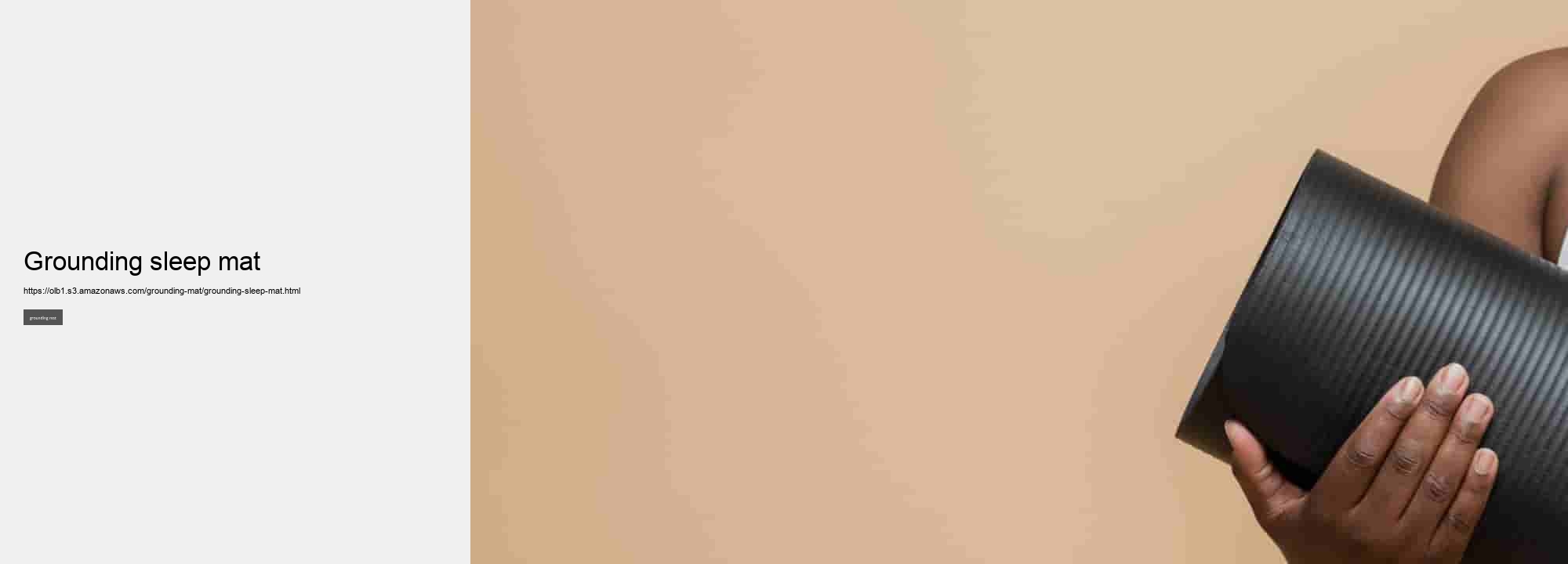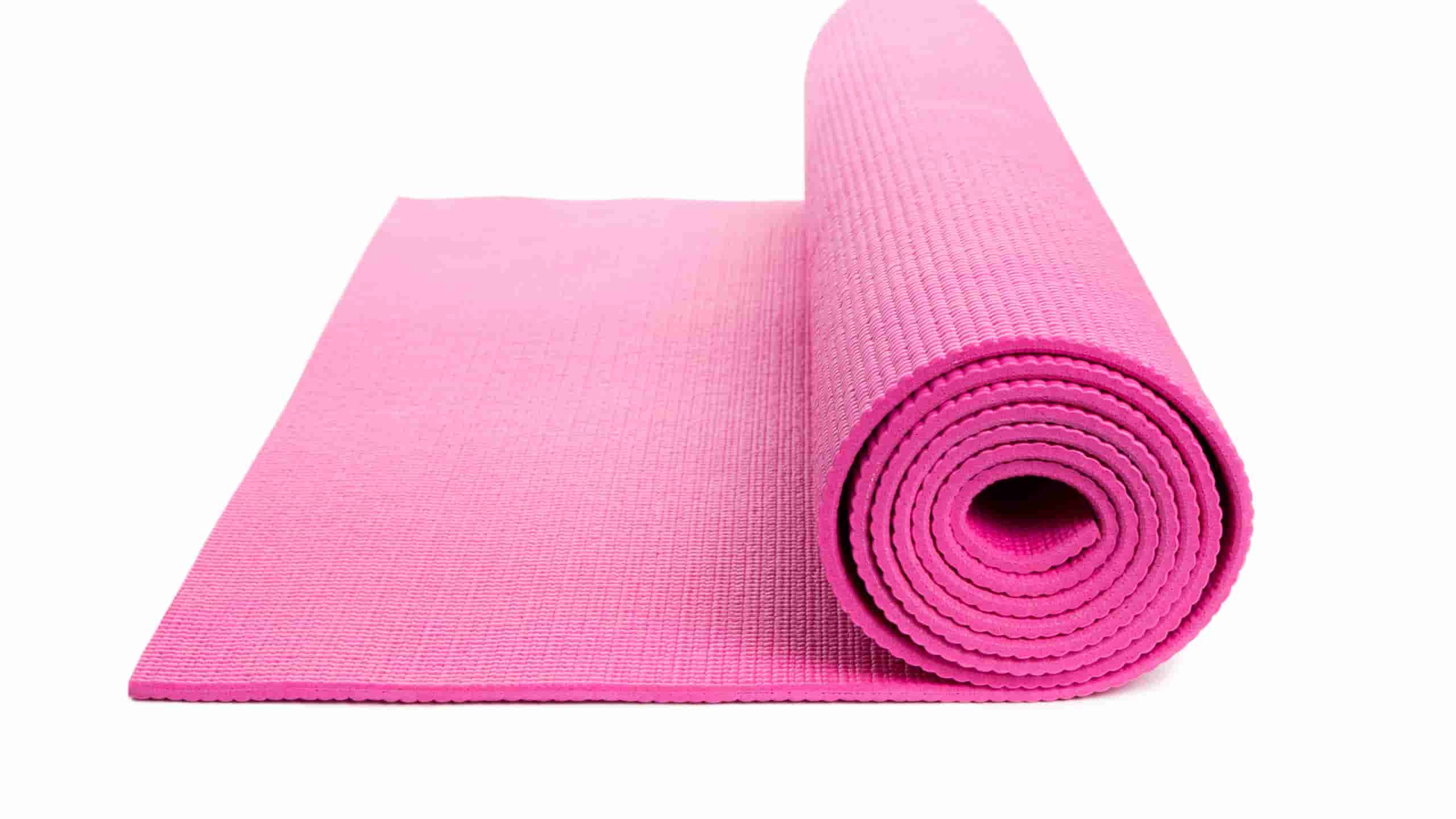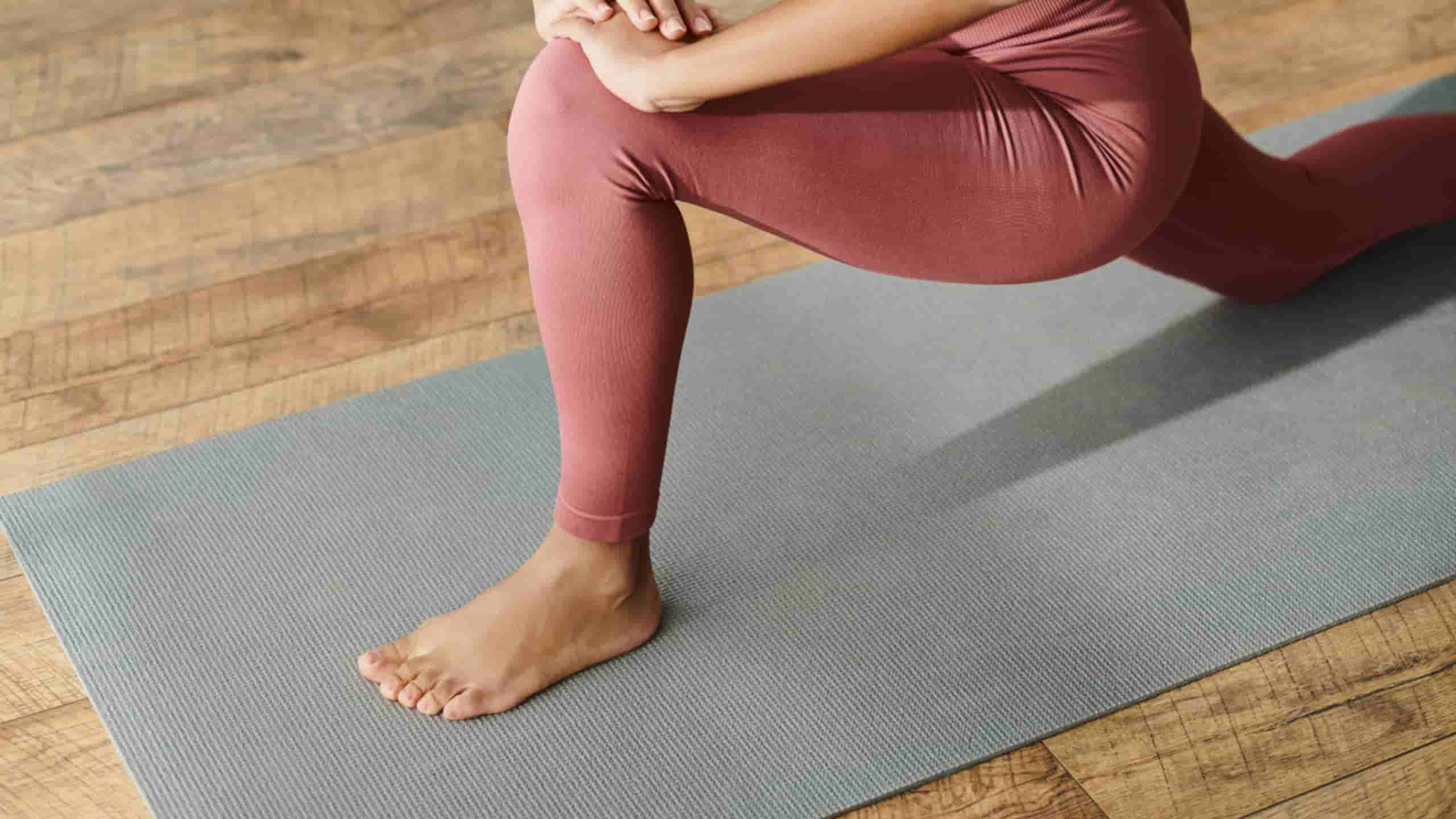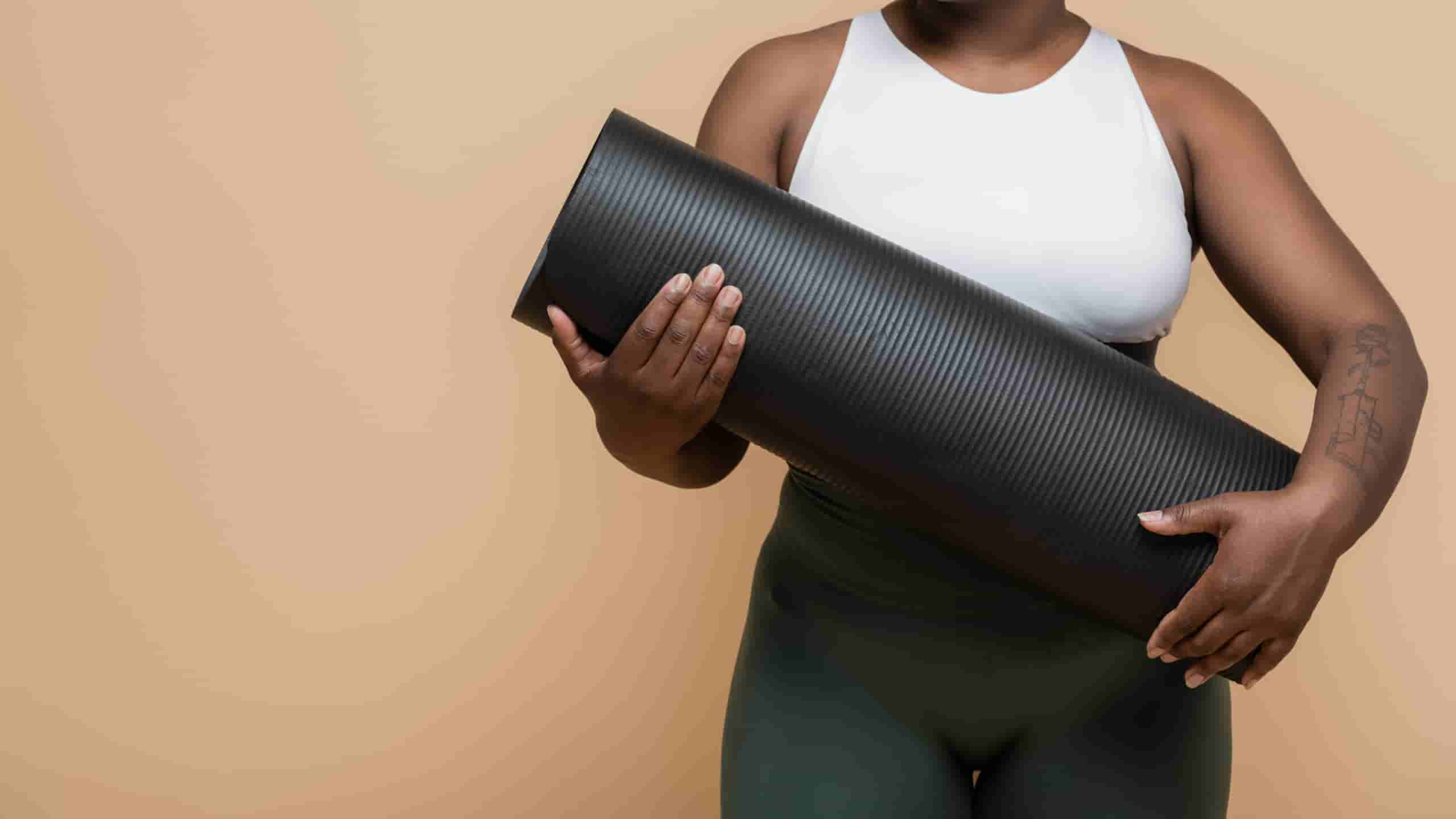




Many people use grounding mats while they sleep for 6-8 hours. For daytime use, it’s recommended to use the mat for at least 30 minutes a day to experience benefits.
To test your grounding mat, you can use a multimeter or grounding tester to check if there is a continuous connection from the mat to the ground.
Yes, grounding mats are designed to be used on most beds. You can place the mat under your fitted sheet or on top, depending on the type of mat and your comfort preference.